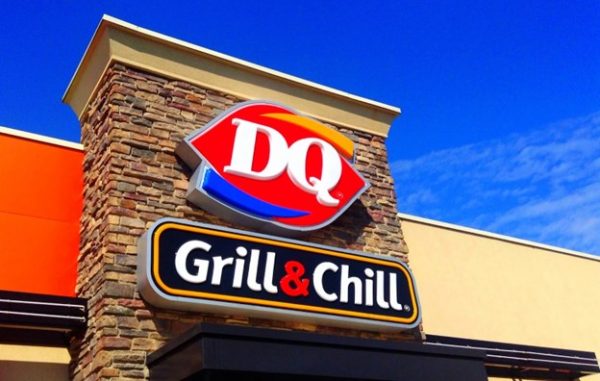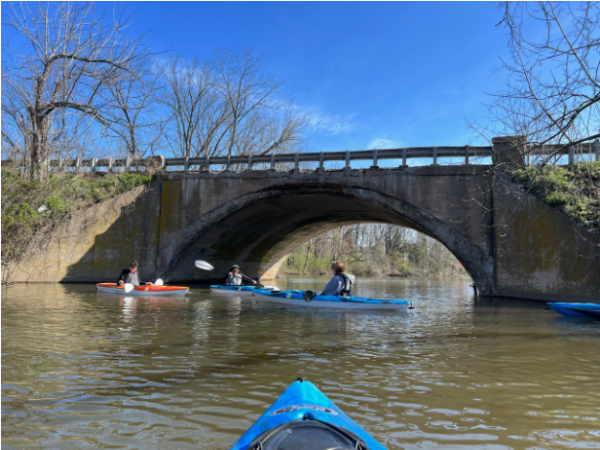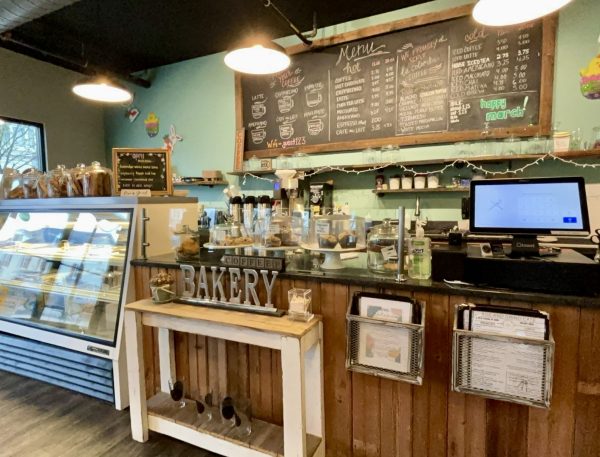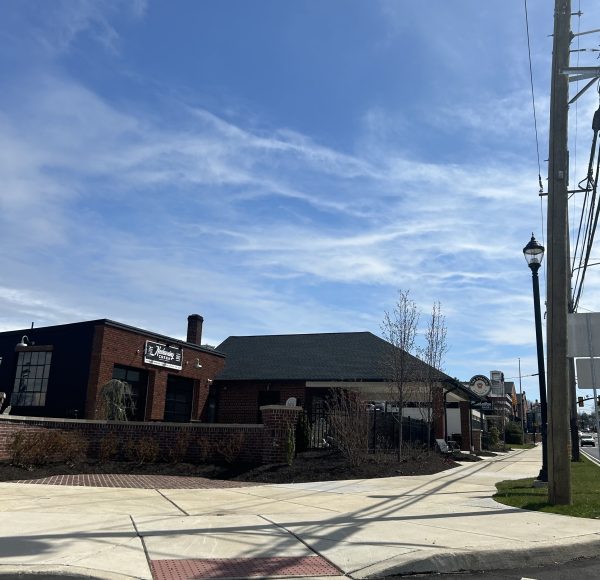Are Christmas Trees Safe?
Implement Fire Safety This Holiday Season
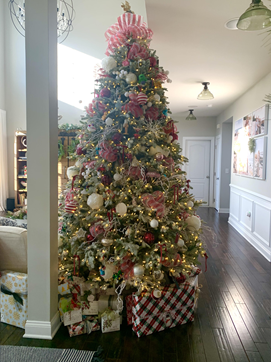
Artificial Christmas Tree in Home
One of the most common holiday traditions is putting up a Christmas tree. As families get bundled up, ready to pick out a tree, they hardly ever think they’re purchasing a fire hazard. There was a tragic fire last year in Philadelphia. An unattended five-year-old was playing with a match when he set fire to their Christmas tree just days after the holiday. The tree burst into flames, trapping the little boy’s family inside. Devastatingly, 12 members of the family passed away from that fire. It may be crucial to rethink what type of Christmas tree to put up this year.
Christmas trees are undoubtedly beautiful and add to the holiday cheer of Christmas time. Many families either get natural or artificial Christmas trees. Each type comes with unique attributes. Families may choose to purchase real trees for the experience and the nostalgia. “Going and getting a Christmas tree is a fun annual experience you get to share with the people around you,” Klay Edsall, a high school senior and owner of a natural Christmas tree, said. Edsall also mentioned having a real Christmas tree in your home produces a pleasant pine smell throughout the holiday season. “I think it’s fun to keep the tree alive and figure out what type of tree you need to fit in your space,” Edsall said. Real trees offer a fun annual tradition and a beautiful opportunity to transform your home in the winter.
Others may have artificial Christmas trees. When asked why she prefers artificial trees, Ava Ricca, a high school senior and owner of an artificial Christmas tree, replied, “They don’t shed, they’re less of a mess, less of a hassle, and I think the fake trees look nicer.” Artificial Christmas trees offer homeowners convenience. Artificial trees save money as they last multiple years. They also already have lights on them, and owners do not have to worry about watering them. Nevertheless, despite what type of tree one may have, the most essential thing to think about when putting up a tree is fire safety.
The National Fire Protection Association revealed that, on average, Christmas trees cause 160 home fires annually. Each year, the NFPA tries to accentuate the importance of fire safety. Rick Halbom, a retired firefighter, explained, “The problem with Christmas trees is not the trees themselves, it’s the things we have on them or the way we hook them up. People don’t pay attention to the quality or the condition of the cords that they use.” He then went on to explain his own experience with a home fire caused by a Christmas tree. He explained a broken cord on the carpet started the fire. It first lit up the carpet and then caught the tree on fire. “You can’t stop the fire once it starts,” Halbom stated, “There’s no fire extinguisher that could put that out.” Christmas trees so quickly burst into flames it is almost impossible to stop them once they’ve caught fire.
Nevertheless, there are fire safety precautions families can use to prevent the worst from occurring. Halbom recommends, “Keep it watered; you’d be surprised how much water a natural tree gets.” The NFPA stresses this as well. They explain that a hydrated tree will burn much slower than a dry tree. To ensure the tree is fresh, families should check for needles that are bright green and hard. At home, it is crucial to cut the trunk about four to five inches from the bottom before putting it in a tree stand. It’s important to be cautious of what families hang on the tree. They should position lights so they are not in contact with the needles. Halbom recommends replacing bulb lights with LED lights. “LED lights produce all light, no heat,” he explained. “I think they’re nicer anyway,” Halbom added. Families should also place the tree at least three feet away from fireplaces and other heat sources. Finally, families should be extra careful and cautious when connecting the cords. Halbom stated, “One of the worst things I see is when people tuck a cord under the rug, don’t ever do that.” Fire safety is very important when it comes to Christmas trees. Even though artificial trees are slightly less of a fire hazard than real trees, it is very important to implement fire safety within a home during the holidays, regardless of what type of tree someone owns.
In the case of the Philadelphia tragedy, the family may still be alive if they had implemented fire safety. Then again, in that case, the fire was not caused by an electrical malfunction. “I think there’s a lot of layers to that story,” Halbom stated. There’s no doubt artificial and real Christmas trees have pros and cons. According to the NFPA, artificial trees are safer than real Christmas trees. Despite the memories and amazing smell the real trees bring, artificial trees may save lives. Ricca agrees, “I think artificial trees are as safe as it gets. The safest thing would be to not have a Christmas tree, but then you’d be The Grinch.”
Hadley Polson, Grade 12, Interests/hobbies include traveling, skiing, dance, executive council, Key Club, NHS, and hanging out with friends and family....


